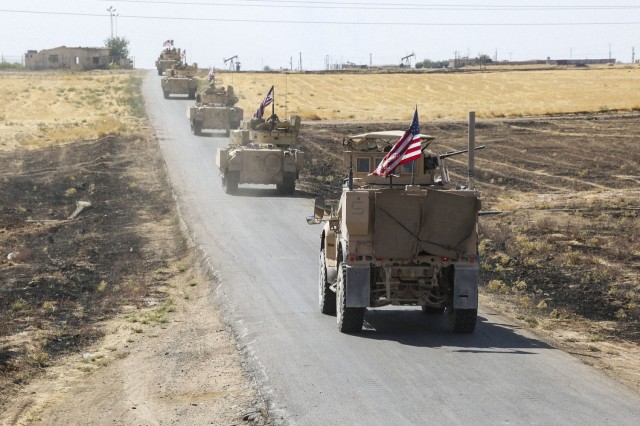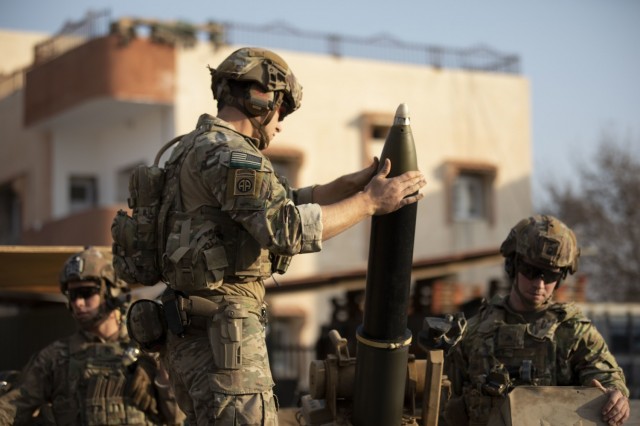Recently, the 2nd Brigade Combat Team, 82nd Airborne Division, known as the “Falcon Brigade,” returned from a multi-month deployment to the Middle East amid the Coronavirus pandemic.
This deployment showcased the unpredictable nature of military operations and the importance of flexibility and adaptability. A few weeks before they were planned to deploy, the Falcon Brigade’s paratroopers learned that their entire mission had changed. They would be deploying to Iraq to fight ISIS.
In Iraq, the Falcon Brigade had replaced the 1st Brigade Combat Team, 25th Infantry Division, which had been deployed to Iraq after the attacks on the U.S. Embassy in Baghdad in 2019. The attacks, which had been influenced by Iran, resulted in the targeted killing of Major General Qassem Soleimani, the commander of the Iranian Revolutionary Guard Corps (IRGC) in January 2020.
“I went into quarantine a week after taking command,” Colonel Phillip J. Kiniery III, the Falcon Brigade’s commander, said in a press release. “I found myself in an awesome opportunity to command this great brigade and deploy. Unfortunately, I had not had a chance to meet over half of them. Despite that, and all the other challenges, we deployed. That’s what the American people expect of the military. They trust us, and we won’t let them down.”

During pre-deployment training, units spent a considerable amount of time preparing for what they think they will encounter on the ground, amassing intelligence from units that are already deployed there or through other means. To completely change their destination and mission at the end, will challenge any unit and its leadership.
“There was a lot of change in the mission and in those early months before we deployed. Sometimes it’s a good thing,” said Sergeant Nicholas Chavez, a paratrooper with the Headquarters Company. “We’re trained in the Army to adapt and overcome and that’s what we did.”

Soon after Soleimani’s death, the Iranians retaliated with a missile attack on the Al Asad Air Base. During this whole time, the Falcon Brigade was part of the Immediate Response Force (IRF) and on standby to deploy on no-notice to Iraq to reinforce American troops in the region. In the end, Iran deescalated, and there was no need for the Falcon Brigade.
But then the pandemic hit, and the brigade’s deployment was postponed for a few months.
Once it did deploy, the Falcon Brigade protected bases and oil infrastructure, worked with the Kurdish-led Syrian Democratic Forces (SDF), and was on standby as a quick-reaction force. The paratroopers were also involved in an international road rage incident, when a Russian patrol tried to play clever with the paratroopers, resulting in the Russian armored vehicle being thrown off the road by an American MRAP-All Terrain Vehicle (M-ATV).


